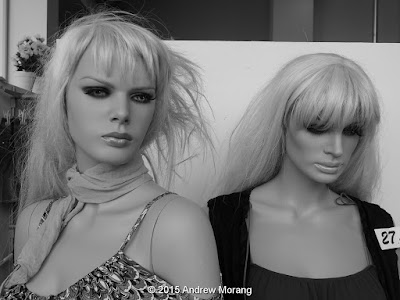Walk across the street (without getting squashed), and there is the port. In the morning, this inner basin is lined with ferries and it is quite the scene of lorries, jostling people, and lost tourists.
The Library of Congress has some historical Piraeus photographs in their holdings. This is a view of Piraeus taken between 1850 and 1880, from an albumen print.
This is a view of Piraeus from the sea, approx. 1900-1920, scanned from a 4×5" nitrate negative.
This is a 1907 scene of "Modern shipping in the ancient Athenian harbor at Piraeus, Greece," half of a stereo card from the American Stereoscopic Company.
Stevedores were loading supplied on an American Red Cross ship, from an undated 5×7" glass negative. These supplies might be heading to the war zone in World War I.
This a 1922 print showing, "A section of "barber's row" Enterprising refugees among the hundreds of thousands of Greeks and Armenians who fled from Asia Minor to Greece have set up stools, boxes, chairs and everything that can be sat on in a long row on the quay in Piraeus, the seaport of Athens, and shave and cut the hair of customers." TIFF files of these and other fascinating photographs can be downloaded from the Library of Congress web page.
In 2015, I did not see any outdoor barbers, but there is a fish and produce market. It was rather quiet on this September weekday, actually rather dull. Much more interesting is the big Central Market on Athenas Street in downtown Athens (click the link for details).
I can never resist photographing the sophisticated local ladies. These lovelies were on Sotiros Diros, a pedestrian street lined with cafes, fashion goods, and telephone shops. The ambiance was clean and reasonably prosperous, certainly not reflecting the stories of economic decay that we hear in the US media. Piraeus is worth a visit, even if you are not planning to board a ferry.
I met an American, a former New York hair dresser, who retired to Piraeus. He said you can live relatively comfortably on US Social Security in Greece. Interesting idea....
All 2015 photographs taken with a Panasonic Lumix G3 digital camera, with RAW files processed with PhotoNinja software. The ladies are out-of-camera jpeg files. The map is from ESRI ArcMap software.




















































